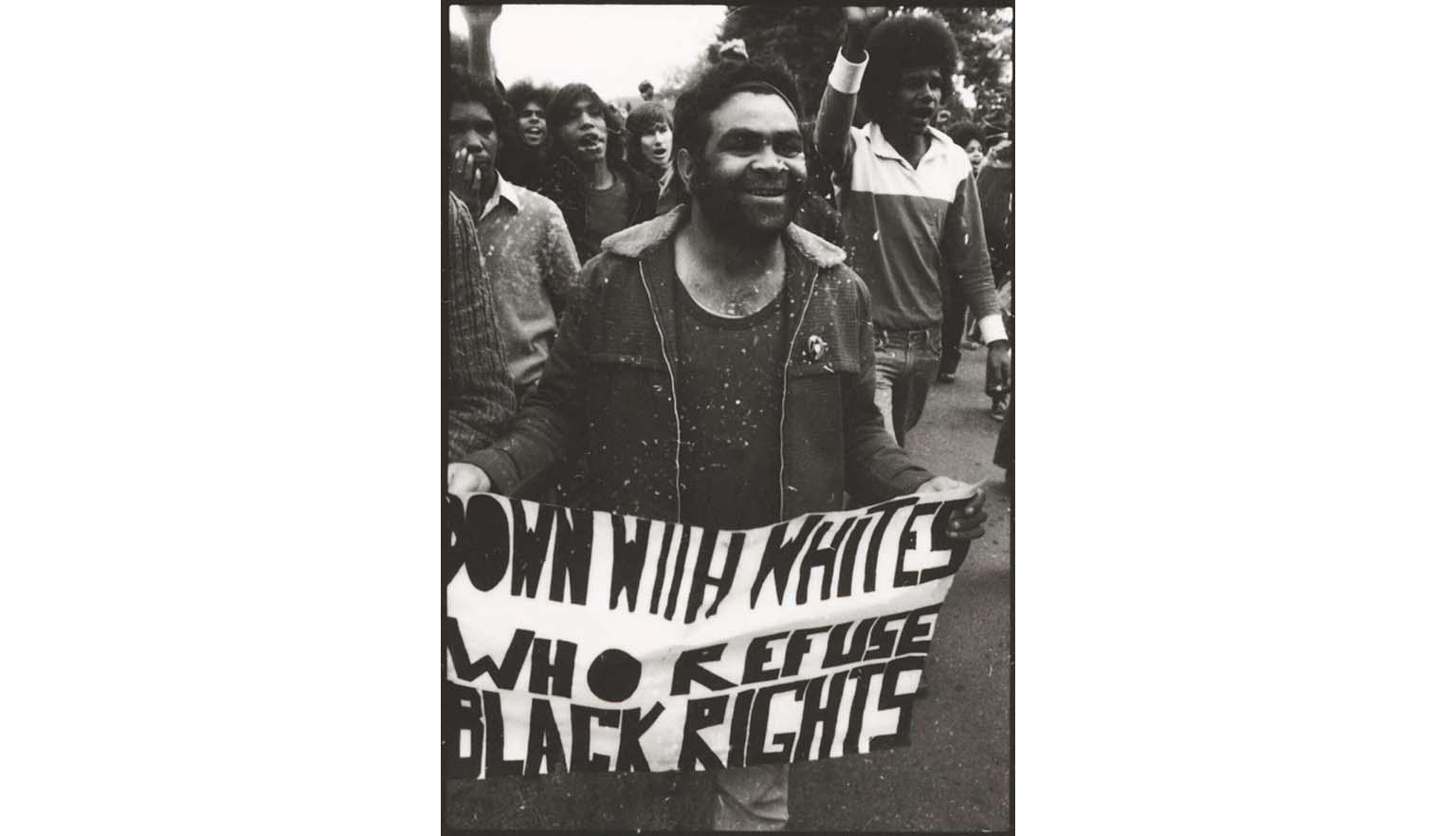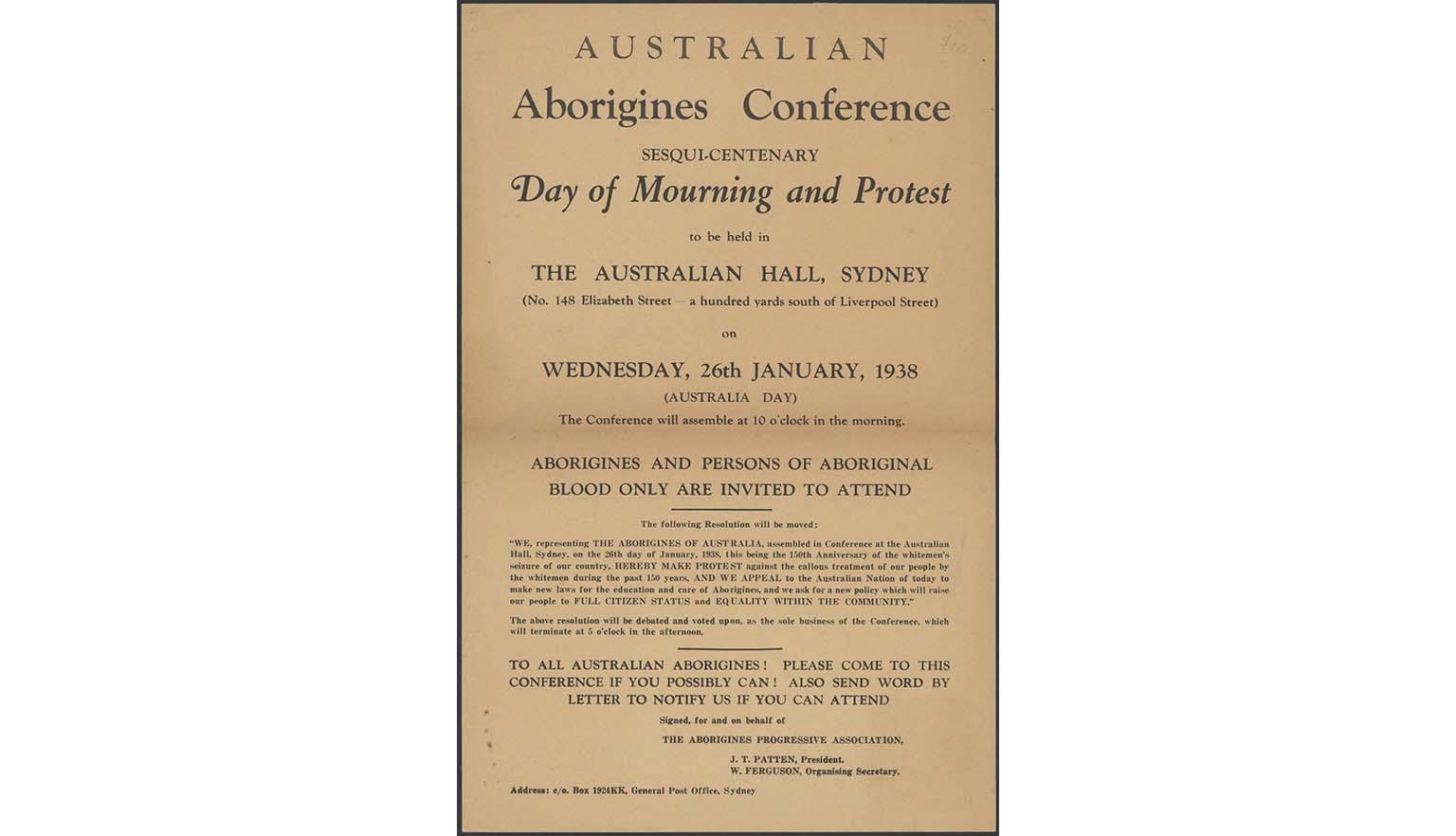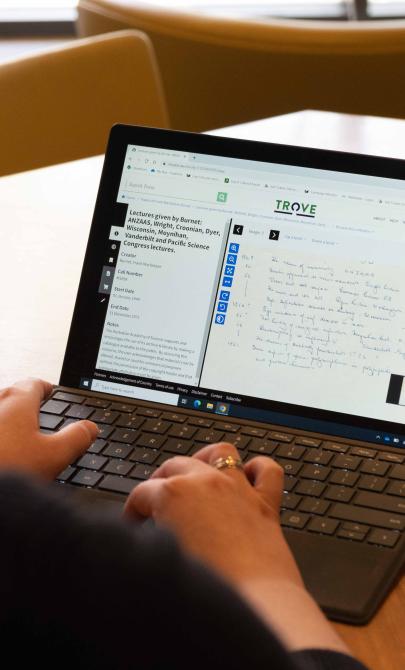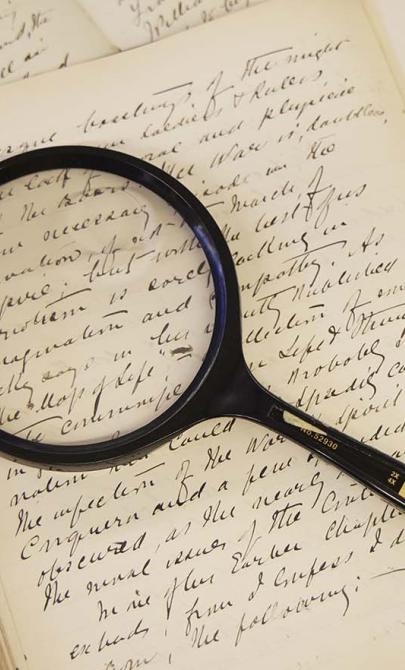Freedoms and rights
International cooperation and human rights
Following the Second World War, there was growing recognition of the need for international standards to protect human rights. This led to the creation of intergovernmental organisations such as the United Nations (UN), which promotes global cooperation and peace.
Key freedoms and rights
The Australian Government Attorney-General’s Department defines several core freedoms that support democratic participation. These rights are not absolute and may be subject to lawful limitations.
Freedom of opinion and expression
People have the right to express their views through:
- Speech and writing
- Media and broadcasting
- Public protest
- Artistic works and advertising
This right may be limited in cases such as:
- Inciting violence
- Accessing restricted online content
- Classifying offensive material
Freedom of association
People have the right to form and join groups or organisations to pursue shared goals.
Freedom of assembly
People have the right to gather peacefully, including for protests and demonstrations.
Freedom of thought, conscience and religion
Everyone has the right to:
- Think freely
- Hold beliefs based on conscience or religion
- Practise and express those beliefs through worship, teaching and observance
This right may be limited only under specific legal conditions.
Freedom of movement
People lawfully in a country have the right to:
- Move freely within it
- Leave any country
- Enter their country of citizenship
This right may also be restricted in certain circumstances.
International treaties and domestic law
Australia is a party to several international human rights treaties. One key agreement is the International Covenant on Civil and Political Rights (1966), which promotes:
- Freedom of speech
- Freedom of assembly
- Electoral rights
The Universal Declaration of Human Rights also supports these principles. However, as a declaration, it does not carry the same legal weight as a treaty.
Importantly, when Australia signs a treaty, it does not automatically become part of domestic law. New legislation is only introduced if existing laws do not already meet the treaty’s requirements.
Australia and the Bill of Rights
Australia is the only Western democracy without a formal Bill of Rights. As a result:
- Many rights are only briefly mentioned in legislation
- Some rights are implied through court decisions or common law
- Legal protections can be inconsistent and open to interpretation
For example, the High Court of Australia has ruled that the Constitution contains an implied freedom of political communication. This is essential for maintaining a representative democracy, even though it is not explicitly stated in the Constitution.
Learning activities
Activity 1: When rights and laws clash
In Australia, people have many freedoms—such as speech, religion and movement—but these freedoms sometimes come into conflict with the law.
- Ask students to research real-life Australian examples where one or more of the following freedoms came into conflict with the law:
- freedom of speech
- freedom of association
- freedom of assembly
- freedom of religion
- freedom of movement
- For each case, have students record:
- What happened?
- What law or legal action was involved?
- What was the outcome?
- Were the rights upheld, limited or removed?
This can be done in small groups, with students presenting their case studies to the class.
Activity 2: Create a modern Bill of Rights
Many countries and international organisations have written documents that define and protect people’s rights.
- Introduce students to examples of human rights documents, such as:
- Ask students to create their own version of a Bill of Rights.
- They can include rights from the historical documents they've read.
- They can also include new rights that reflect modern concerns or values (e.g. digital privacy, environmental protection).
- Students can present their Bill of Rights as a poster, booklet, or digital display.
Encourage students to reflect on:
- Which rights are most important to them?
- How would their rights be protected?
- Are any rights hard to define or guarantee?







